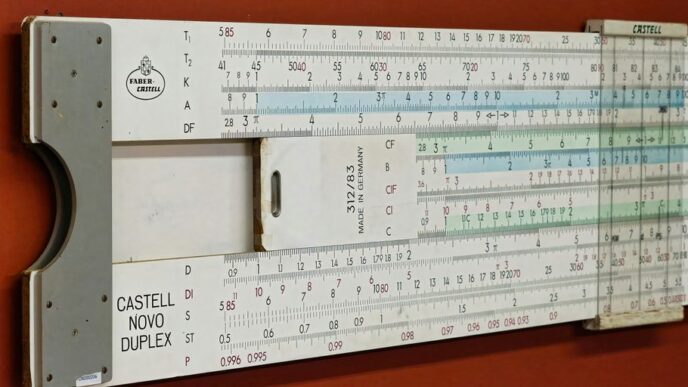Introduction:
In our interconnected world, where seamless connectivity is a necessity, Wi-Fi technology has become a fundamental aspect of our daily lives. Wi-Fi operates on different frequency bands, commonly measured in gigahertz (GHz). Understanding the significance of Wi-Fi GHz frequencies is crucial for optimizing network performance and addressing the diverse connectivity needs of users. In this article, we explore the basics of Wi-Fi GHz frequencies, their implications, and how they shape our wireless experiences.
- Wi-Fi Frequency Bands:
- 2.4 GHz and 5 GHz Bands: Wi-Fi operates primarily in two frequency bands: 2.4 gigahertz (GHz) and 5 GHz. These bands are divided into channels, and each channel represents a specific frequency range within the spectrum.
- Dual-Band and Tri-Band Routers: Dual-band routers support both the 2.4 GHz and 5 GHz bands, offering flexibility in connecting devices. Some advanced routers even include a third band, creating tri-band routers that further enhance network performance in crowded environments.
- 2.4 GHz Band:
- Widespread Usage: The 2.4 GHz band has been a staple in Wi-Fi technology for many years. It is widely used and supported by a vast array of devices, including smartphones, laptops, and smart home gadgets.
- Interference and Crowded Channels: One challenge of the 2.4 GHz band is its susceptibility to interference from other electronic devices, such as microwaves and cordless phones. In areas with numerous Wi-Fi networks, channels can become crowded, potentially leading to slower network speeds.
- Greater Range: One notable advantage of the 2.4 GHz band is its ability to penetrate obstacles more effectively, providing better coverage over longer distances. This makes it suitable for use in areas with walls and barriers.
- 5 GHz Band:
- Higher Data Rates: The 5 GHz band offers higher data rates compared to the 2.4 GHz band. This makes it well-suited for applications that require faster and more reliable connections, such as online gaming and high-definition video streaming.
- Reduced Interference: The 5 GHz band typically experiences less interference from non-Wi-Fi devices, contributing to a cleaner and more stable wireless connection. This is especially beneficial in urban areas where the 2.4 GHz band may face congestion.
- Shorter Range and Penetration: While the 5 GHz band excels in speed, it has a shorter range and is less effective at penetrating obstacles. As a result, it may require more access points to cover the same area as the 2.4 GHz band.
- Determining the Right Frequency:
- Device Compatibility: Different devices may operate optimally on different frequency bands. Newer devices often support both 2.4 GHz and 5 GHz, allowing them to automatically connect to the band that offers the best performance.
- Network Congestion: In densely populated areas or environments with multiple Wi-Fi networks, the 5 GHz band may be preferable to avoid interference and ensure faster data rates.
- Range Considerations: When considering the range requirements of a network, the 2.4 GHz band may be more suitable for larger spaces, while the 5 GHz band may be chosen for high-performance applications in more confined areas.
- Wi-Fi 6 (802.11ax):
- Next-Generation Standard: Wi-Fi 6, or 802.11ax, represents the latest standard in Wi-Fi technology. It introduces advancements in efficiency, capacity, and performance, aiming to address the increasing demands of modern connectivity.
- Operates on Both Bands: Wi-Fi 6 operates on both the 2.4 GHz and 5 GHz bands, providing improved performance and efficiency. It introduces technologies like Orthogonal Frequency Division Multiple Access (OFDMA) for better utilization of available channels.
- Enhanced Connectivity in Crowded Areas: Wi-Fi 6 is designed to excel in crowded environments, making it suitable for scenarios with a high density of connected devices, such as stadiums, airports, and smart cities.
- Conclusion:
In the dynamic landscape of wireless connectivity, understanding the significance of Wi-Fi GHz frequencies is essential for optimizing network performance and meeting the diverse needs of users. Whether it’s the widespread usage of the 2.4 GHz band, the higher data rates of the 5 GHz band, or the advancements introduced by Wi-Fi 6, each frequency band plays a crucial role in shaping our wireless experiences. As technology continues to evolve, so too will the capabilities of Wi-Fi, providing us with faster, more reliable, and increasingly efficient connectivity solutions.













